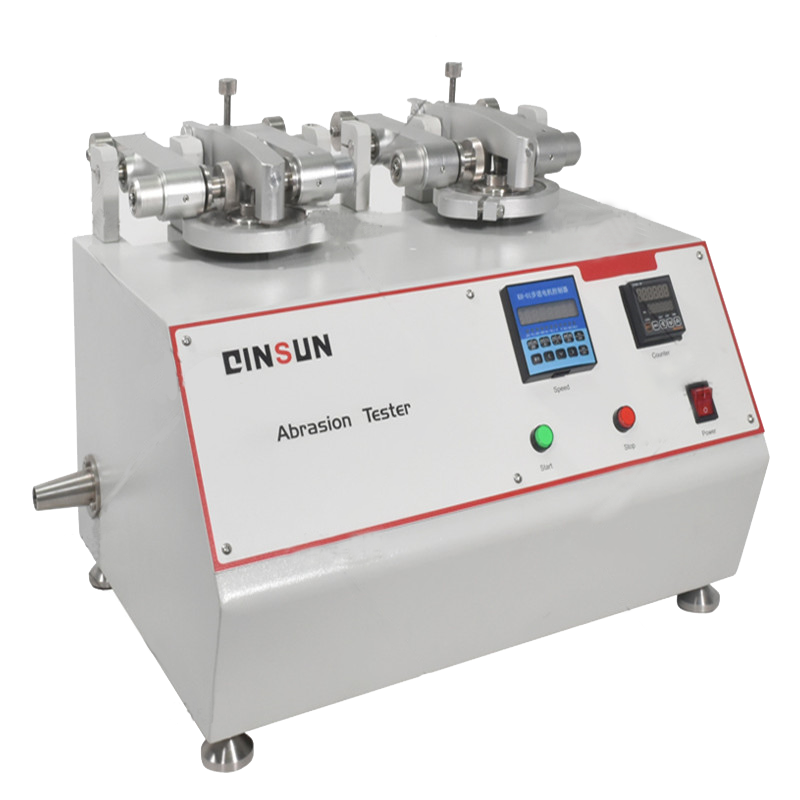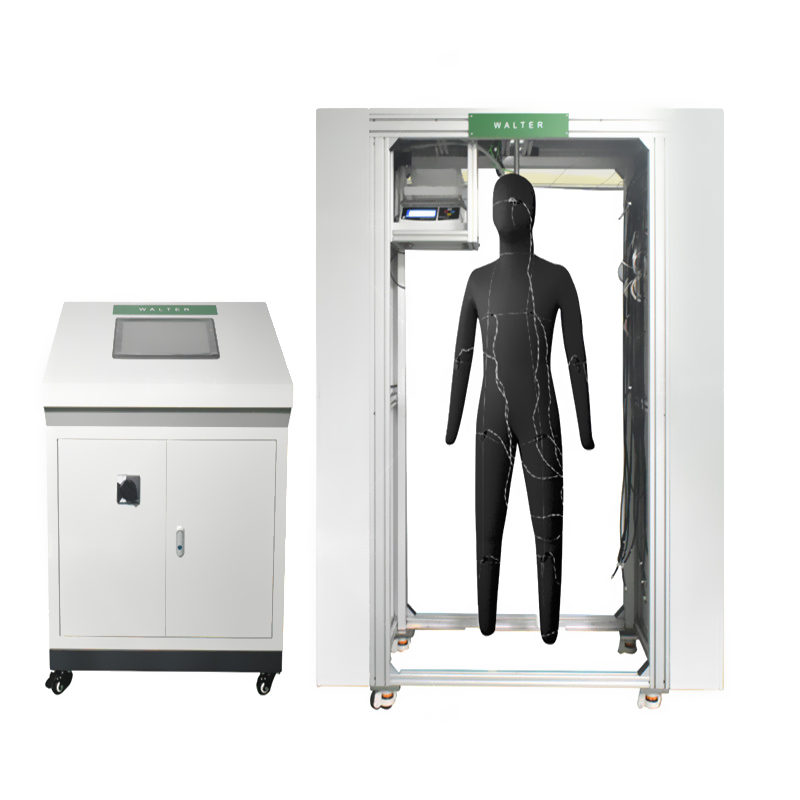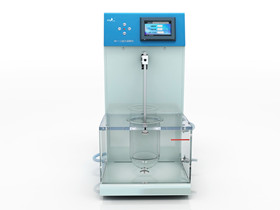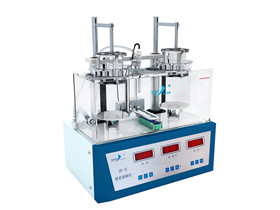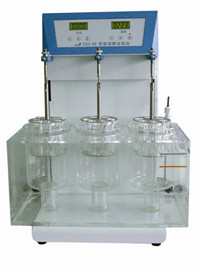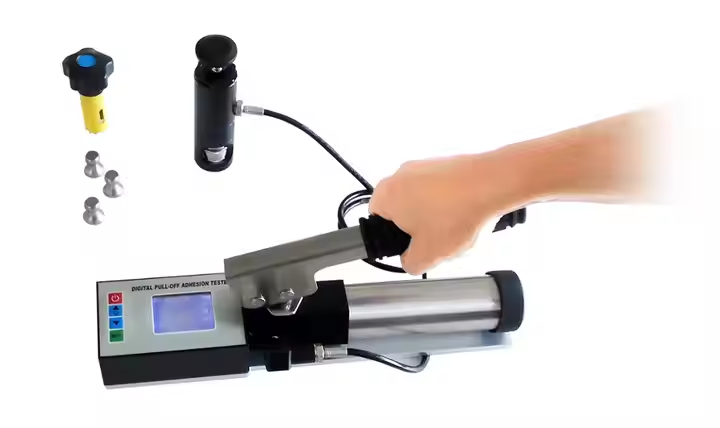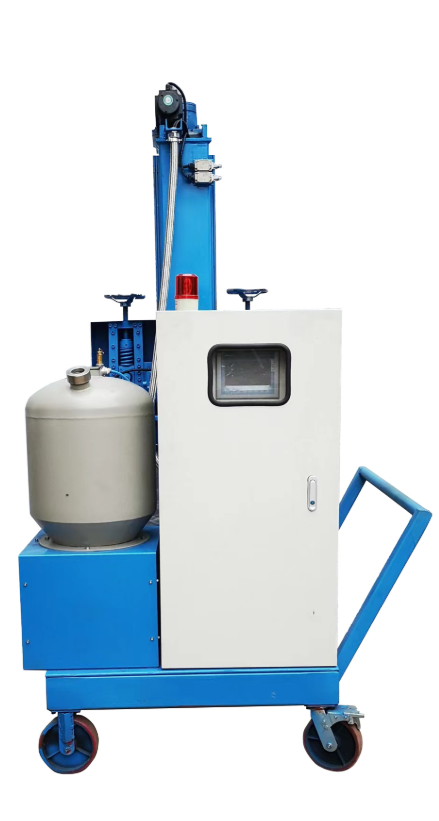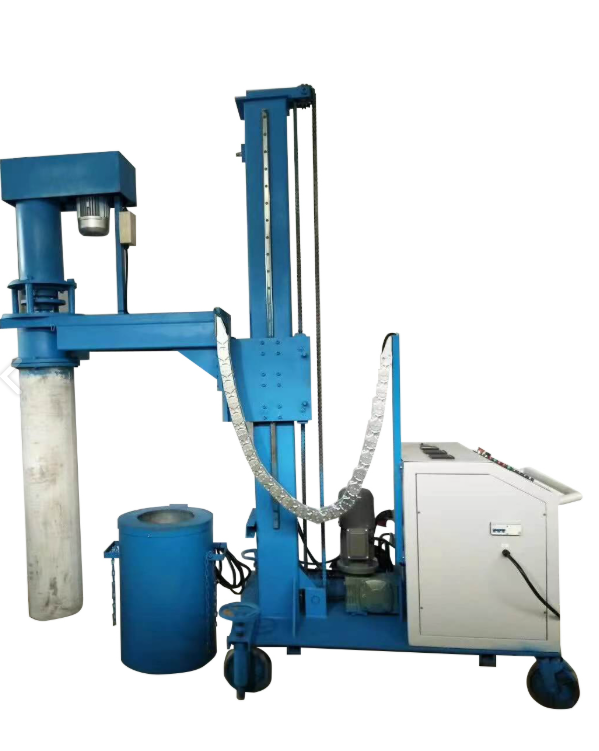Automatic Mercury Intrusion Pore Size Analyzer
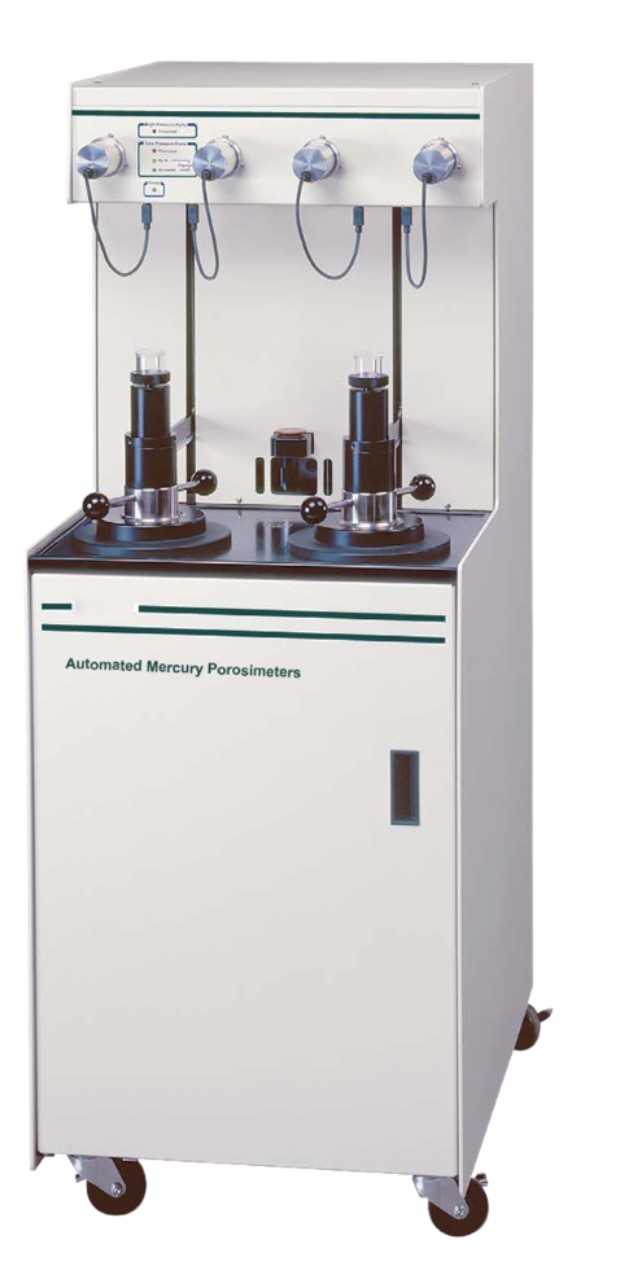
Introduction
The mercury intrusion porosity test analysis technique is based on a method of pressing mercury into the pore structure under precisely controlled pressure. In addition to the advantages of high speed, precision and wide range of analysis, the mercury porosimeter can also obtain many characteristics of the sample, such as pore size distribution, total pore volume, total pore area, median pore size and sample density (bulk density and skeleton density).
Features
Large pore pressure range: 0.2psi to 50psi, it can provide a pressure increment of 0.05psi and collect detailed data in a large pore range.
Fast scan mode allows continuous pressure to be increased to near balance and enables quick screening of Auto-Pore. The high reproducibility and reproducibility of this method makes it possible to detect subtle but important differences between samples. Due to its high repeatability, the user can use this technique to filter the samples and compare their deviations from the parameters on the product specifications.
The measurement accuracy of mercury and mercury intake is very high, which is 0.1 μL.
The selection of the baseline correction procedure (automatic, differential or manual) corrects the mercury compression and thermal effects brought by high pressure.
You can choose a different pressure mode: fast scan mode, user requirements set or more precise and more detailed balance mode.
Users can set fewer pressure points to collect data. However, if you use the instrument's maximum mercury volume increment function, the instrument automatically increases the data point between two points during the analysis, such as setting the amount of mercury entering the adjacent pressure point beyond the incremental value.
We can get a variety of pore volume, pore area and pore size curve, and can calculate the total injection volume, total pore area, median pore diameter, average pore size, bulk density and apparent density (skeleton) at the same time.
Advantages
The automatic mercury intrusion pore size analyzer provides a faster and more accurate measurement of the pore size distribution (0.003 μm to 1100 μm) of the material than other methods. The instrument enhances the performance of the data needed to characterize the pore structure of the solid material for higher accuracy. It also adds new data processing and reporting options to provide more information about material pore geometry and fluid permeability.
Technical Parameters
● The aperture range can be measured from 0.003 to 1100 μm
● Four low voltage stations and two high voltage stations
● The maximum pressure optional 33,000psi or 60,000psi two models
● Quiet high pressure generation system
● Enhanced data processing capabilities include: tortuosity, permeability, compression, pore throat ratio, fractal dimension, Mayer-Stowe particle size and more
● The sample controls the rate of mercury incorporation
● Fast scan, time or speed balance
● Operating mode
● Higher resolution data collection, mercury intake and mercury reduction accuracy, better than 0.1μL
● Vacuum rate control, to avoid powder material dust
The mercury intrusion porosity test analysis technique is based on a method of pressing mercury into the pore structure under precisely controlled pressure. In addition to the advantages of high speed, precision and wide range of analysis, the mercury porosimeter can also obtain many characteristics of the sample, such as pore size distribution, total pore volume, total pore area, median pore size and sample density (bulk density and skeleton density).
Features
Large pore pressure range: 0.2psi to 50psi, it can provide a pressure increment of 0.05psi and collect detailed data in a large pore range.
Fast scan mode allows continuous pressure to be increased to near balance and enables quick screening of Auto-Pore. The high reproducibility and reproducibility of this method makes it possible to detect subtle but important differences between samples. Due to its high repeatability, the user can use this technique to filter the samples and compare their deviations from the parameters on the product specifications.
The measurement accuracy of mercury and mercury intake is very high, which is 0.1 μL.
The selection of the baseline correction procedure (automatic, differential or manual) corrects the mercury compression and thermal effects brought by high pressure.
You can choose a different pressure mode: fast scan mode, user requirements set or more precise and more detailed balance mode.
Users can set fewer pressure points to collect data. However, if you use the instrument's maximum mercury volume increment function, the instrument automatically increases the data point between two points during the analysis, such as setting the amount of mercury entering the adjacent pressure point beyond the incremental value.
We can get a variety of pore volume, pore area and pore size curve, and can calculate the total injection volume, total pore area, median pore diameter, average pore size, bulk density and apparent density (skeleton) at the same time.
Advantages
The automatic mercury intrusion pore size analyzer provides a faster and more accurate measurement of the pore size distribution (0.003 μm to 1100 μm) of the material than other methods. The instrument enhances the performance of the data needed to characterize the pore structure of the solid material for higher accuracy. It also adds new data processing and reporting options to provide more information about material pore geometry and fluid permeability.
Technical Parameters
● The aperture range can be measured from 0.003 to 1100 μm
● Four low voltage stations and two high voltage stations
● The maximum pressure optional 33,000psi or 60,000psi two models
● Quiet high pressure generation system
● Enhanced data processing capabilities include: tortuosity, permeability, compression, pore throat ratio, fractal dimension, Mayer-Stowe particle size and more
● The sample controls the rate of mercury incorporation
● Fast scan, time or speed balance
● Operating mode
● Higher resolution data collection, mercury intake and mercury reduction accuracy, better than 0.1μL
● Vacuum rate control, to avoid powder material dust
Note:QINSUN is very in place for textile testing and quality control,we have our own textile testing lab. Our textile testing equipment and testing methods are in the leading position in the industry. We have passed the textile testing certification and iso textile testing standards issued by a number of testing,We can provide textile testing equipment pdf manual. Sufficient inventory, big discounts, limited time promotion, Order now!
Leave Message Get Price



